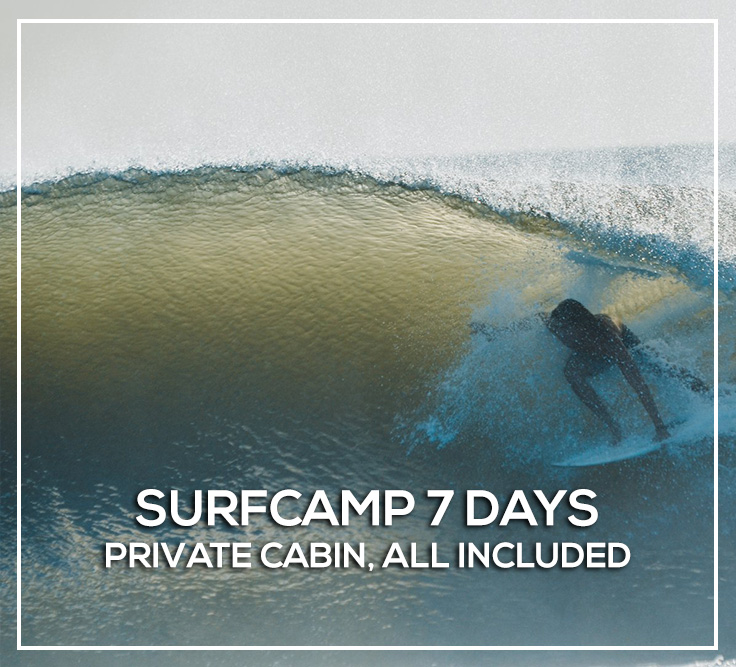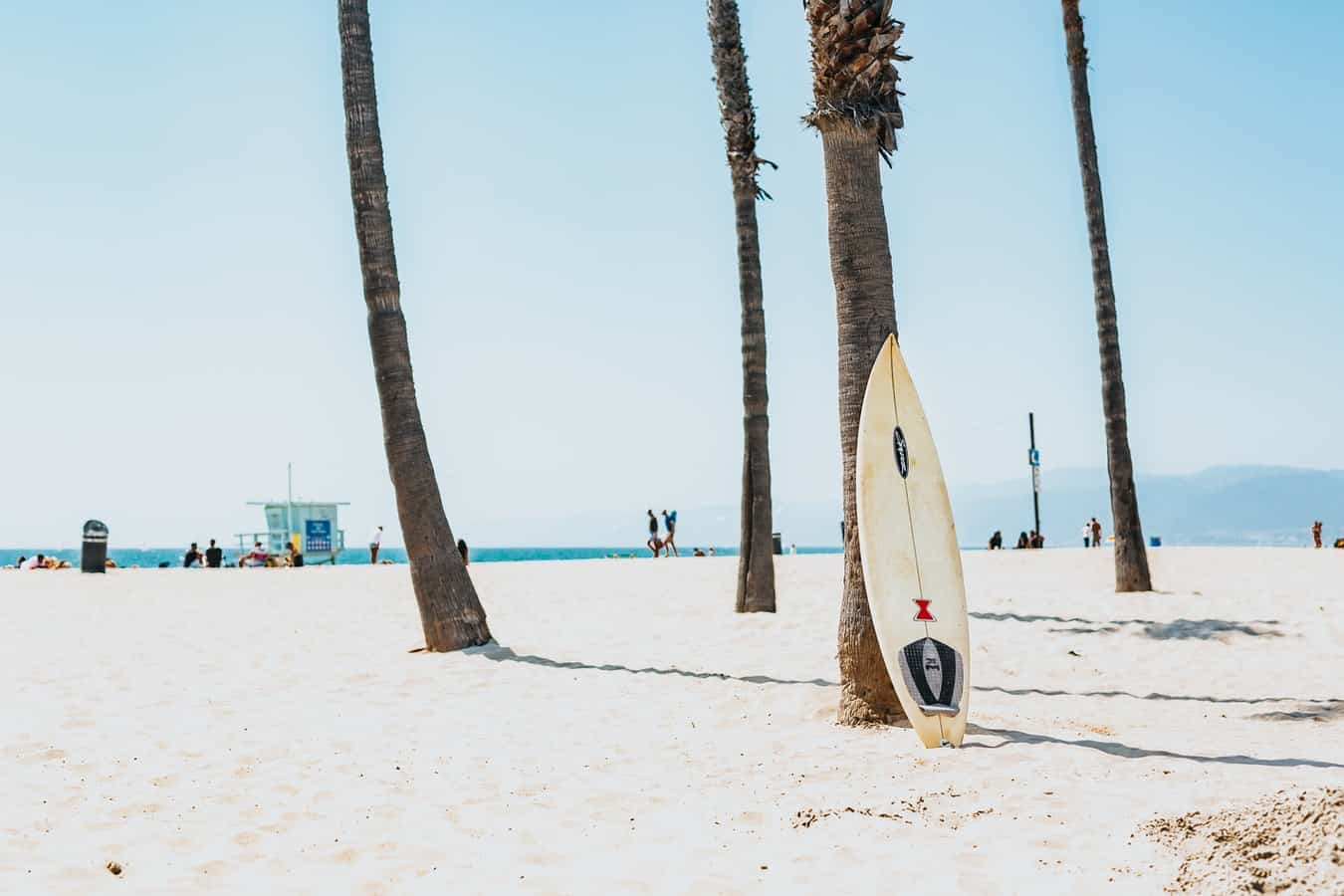
Have you been thinking about buying a second-hand surfboard and you don’t know anything about it?.
Something that we learn in a SurfCamp is about the perfect conditions of the boards, the quality and the performance. When we’re going to buy our first board we have to keep in mind so many important considerations.
Specially when it’s a second hand board. We have made a list with several tips that can help you make the best decision:
You are in the process of renovating your Quiver and finding a board with which you can feel more comfortable, or with a more aggressive model, with more or less volume.
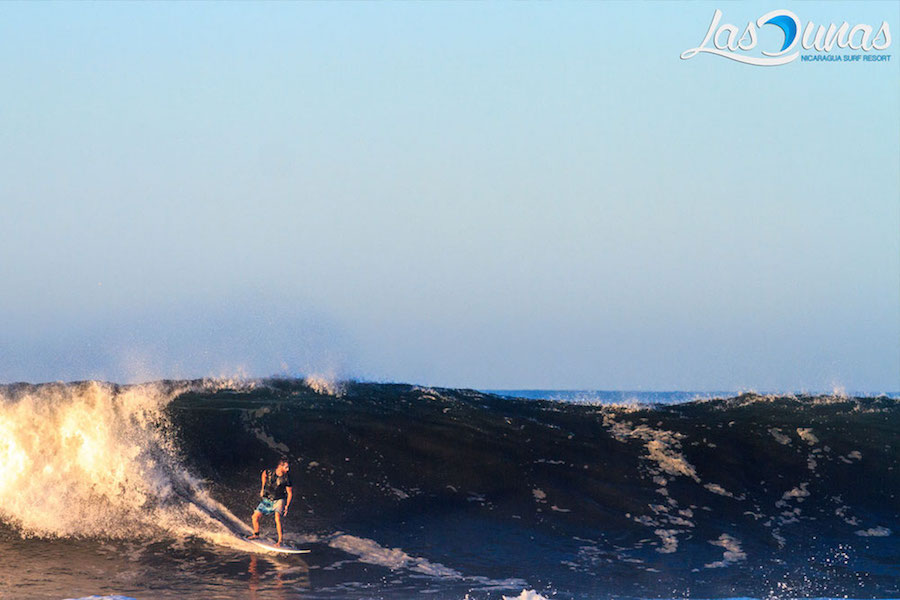
Whatever factor that has led you to think that it is a good idea to look for a second-hand board first, whether you are on a reduced budget or just looking for a very good price.
Here we give you several tips that you should keep in mind:
1.Choose the table according to your level: Primordial.
A mistake that beginners in surfing make is that they seek to buy a Pro board cheaper instead of something simpler, like an evolutionary one, for example.
Two important tips:
- Give priority to the volume of the table if you are newbie.
- Know the type of wave you are going to surf, the bottom and the size of the waves You will not go from surfing usually on a 2m board to a 0.50m board. You must be clear in that regard.
2.Good condition: In every sense
Another important aspect when choosing a second-hand surfboard is to do a complete revision of the board, this includes: possible bumps, cracks or permanent repairs.
Reviewing it in person is mandatory, one thing is to see it through photographs and another is personally.
Sometimes there are small bumps or textures that you must evaluate yourself and that you may be able to repair on your own.
The areas that should be checked the most are the edges, the tail, the tip and the keel area. Although also the lower part is easy to have made small bumps. You should review these details very carefully.
3. Possible repairs or improvements: A small investment.
In case there are small areas that need to be repaired (without spending large sums of money), it is important that you evaluate the damage or details.

From the cracks (Try to assess if it is not rotten inside), the proper weight of the board, dents that have not affected the consistency.
The board must remain firm whether it is new or second-hand if it is in good condition.
A tip: To check the firmness you can take the board by the edges and press to see if it bends or place it on a surface and press in the center.
You must evaluate that the expenses you must make to condition or repair the table are according to the price, if not, preferably opt for a new one or look for other options.
4. Remove the wax: perfect evaluation
The correct thing should be that the owner has previously removed the paraffin in order to make a correct evaluation in the aforementioned aspects: friction, bumps, cracks, wear, etc.
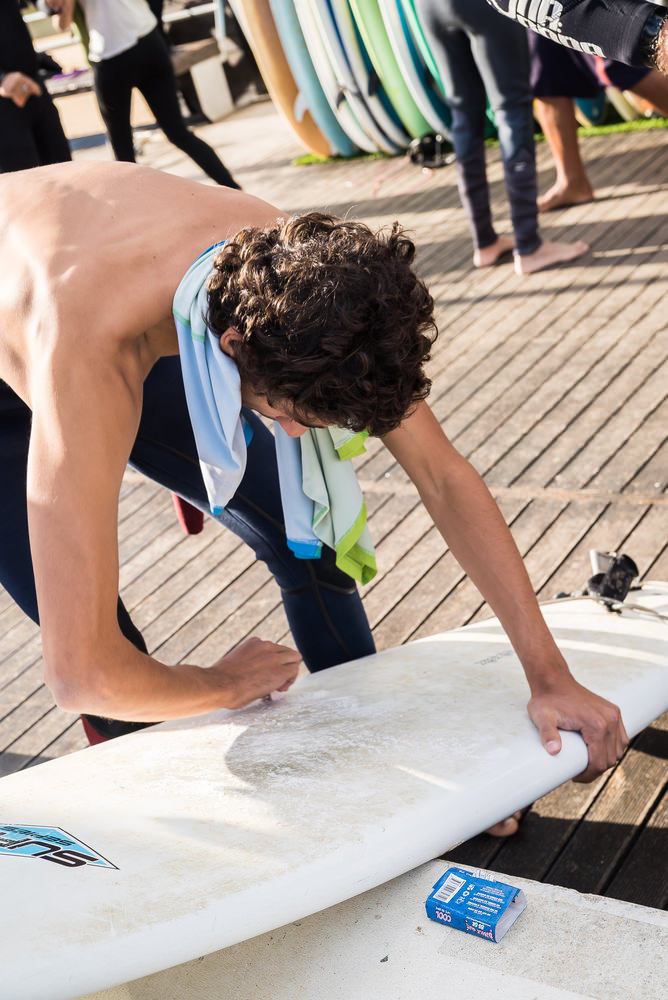
If they have stickers, they should be removed, as many are used to cover bumps or repairs. The ideal is a table that is as clean as possible.
5. Check related websites, forums and pages
On the internet you can get a lot of help in this regard by consulting forums, websites about selling used surfboards, also second-hand stores, etc.
Keep in count the price, since if there is little difference in price it may be advisable to release a new one with the ideal measurements.
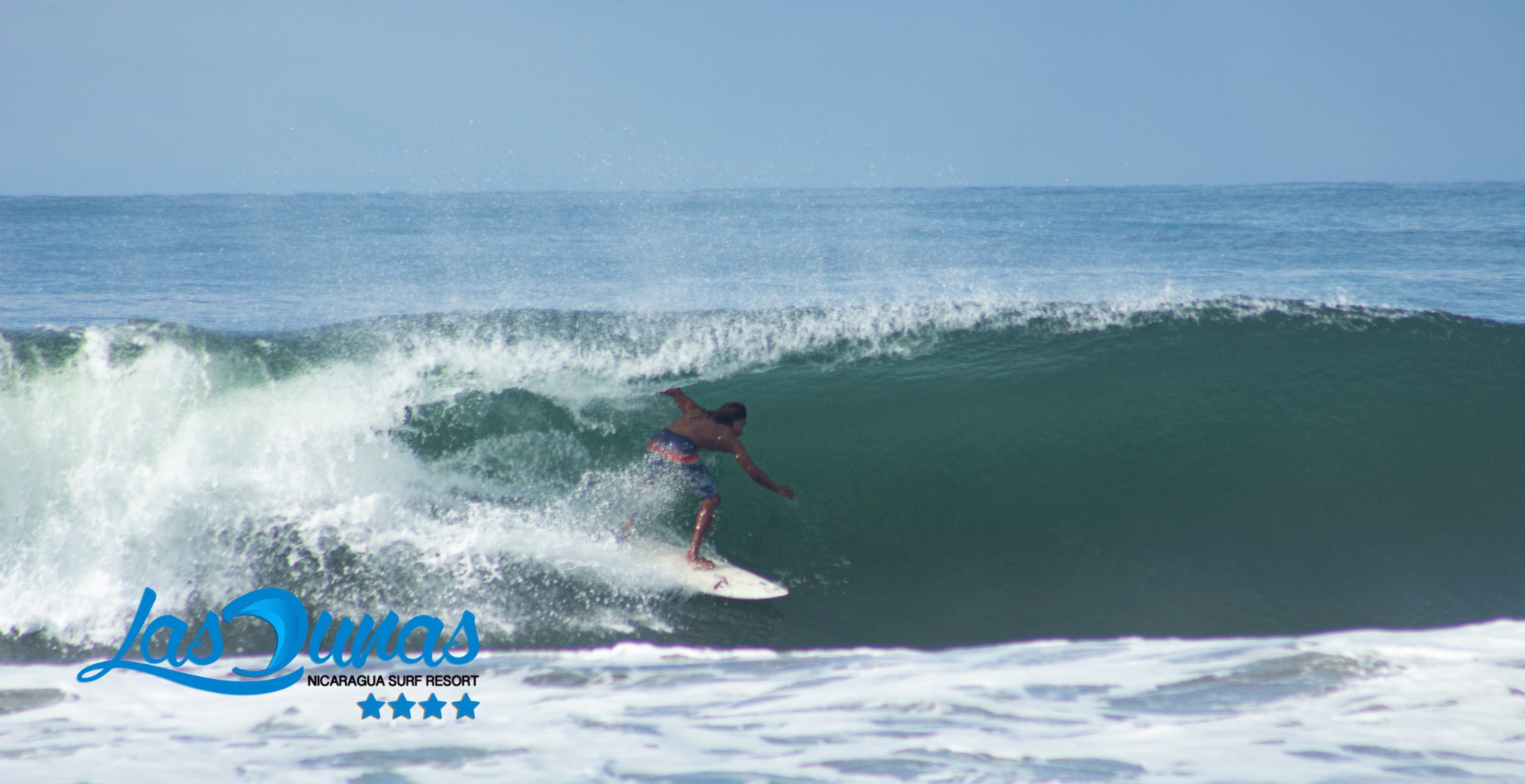
These tips can help you when choosing a second-hand surfboard. Are you ready? Buy your board and go to the Surf Retreat this Summer to release it.
.
